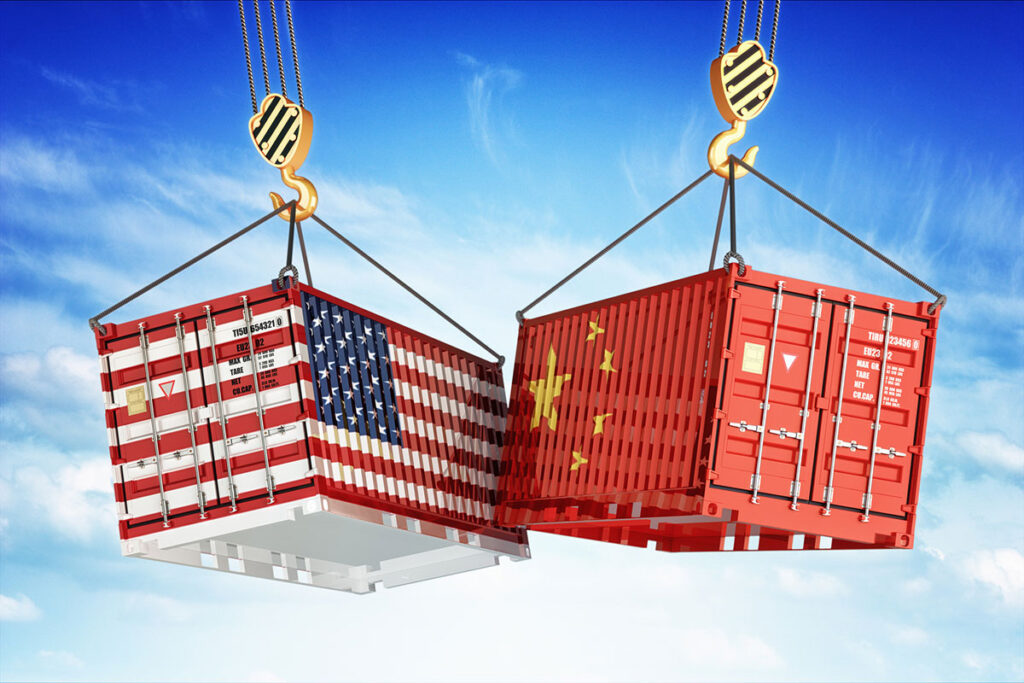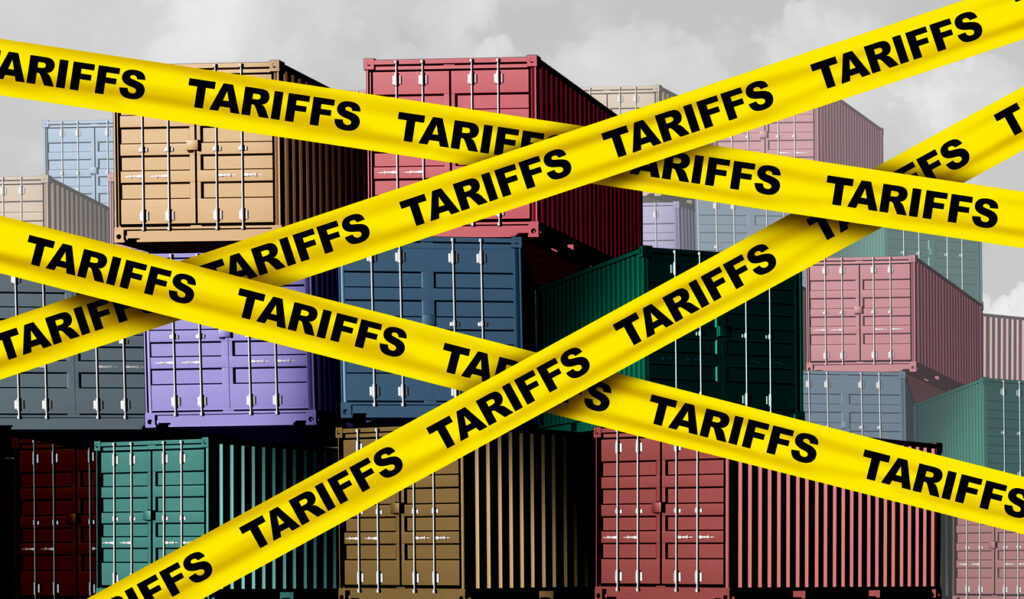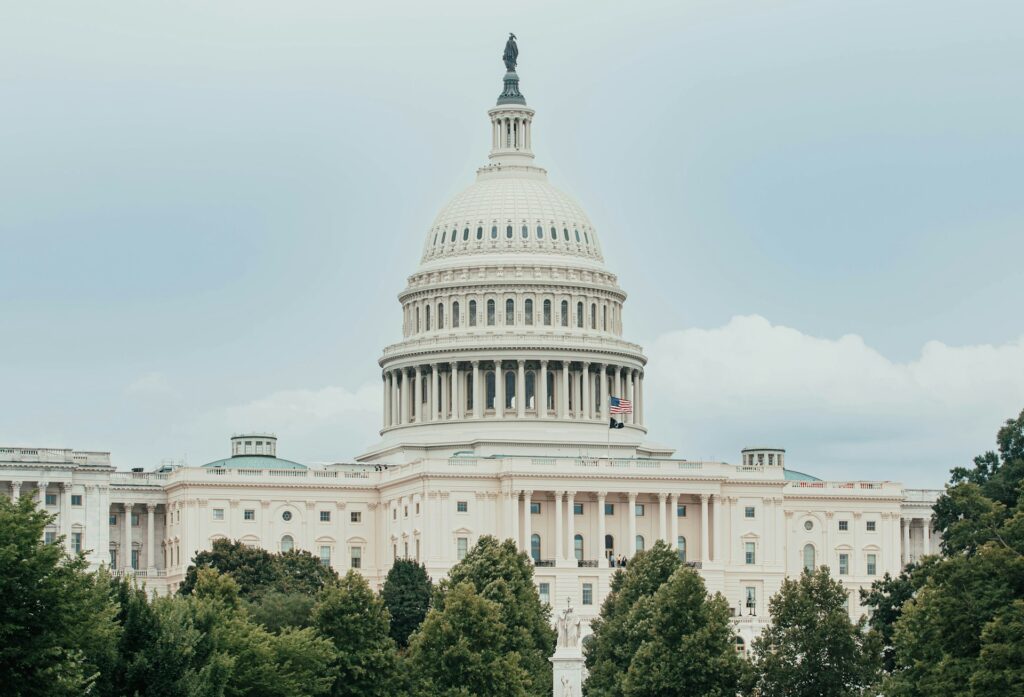Recent weeks have witnessed a major turning point in U.S. trade policy. In a controversial move, the U.S. administration has ramped up tariffs on key imports, igniting a chain reaction across global markets. This article examines in detail the new tariff measures, provides specific data reflecting the immediate market impact, and outlines a series of risk prevention measures that experts recommend to mitigate potential losses.
A New Chapter in Trade Policy: Detailed Tariff Developments and Historical Context
On April 8, 2025, the U.S. government announced an aggressive increase in tariffs, primarily targeting imports from China and several other economies. The new measures push the effective tariff rate to 104% on key categories of goods—including electronics, machinery, and consumer products—representing a cumulative escalation that includes both a base rate and subsequent punitive tariffs.
Key Data and Events:
- Tariff Rate Changes:
The new policy raises the effective tariff rate on critical categories to 104%, marking the most significant escalation in trade restrictions since the onset of recent trade tensions.
- Economic Rationale and Reaction:
U.S. officials defended the policy, citing the need for fairer trade conditions and the protection of domestic manufacturing sectors. During the announcement, one senior trade official stated that “these tariffs are part of a broader strategy to level the playing field and correct structural imbalances.” Critics, however, warned that retaliatory measures by affected countries could lead to a cascade of protectionist responses worldwide.
- Historical Comparisons:
The current tariff escalation is reminiscent of earlier trade wars, but with modern complexities. For instance, similar policies in the early 2000s were met with gradual market adjustments and relatively lower volatility. In contrast, the current measures came during a period of already heightened economic uncertainty, compounding the impact on global supply chains.
The announcement has triggered a series of immediate and secondary events across the financial landscape, with repercussions felt not only by multinational corporations but also by small and medium-sized enterprises that depend on international supply lines.
Market Reactions: Data-Driven Insights into Stock Market Volatility
The immediate market reaction to the tariff announcement was dramatic and well-documented by multiple news outlets. On the day of the announcement, key market indices experienced sharp declines as investors reacted to the mounting uncertainty.
Quantitative Market Data:
- Dow Jones Industrial Average:
Within the first two hours of trading on April 8, the Dow dropped approximately 250 points (around 3.2%), marking one of the steepest intraday declines in recent memory. Trading volumes spiked, with some stocks experiencing a 40% increase in volume compared to the previous trading session.
- Nasdaq and S&P 500:
The Nasdaq Composite and S&P 500 also saw significant downturns, with declines in the range of 2.5% to 3%. Sectors with high exposure to global supply chains, such as technology and consumer electronics, bore the brunt, with some individual stock prices falling by over 5% in less than an hour.
- Investor Sentiment:
According to data compiled by CNN’s financial analysts, a significant number of investors shifted from riskier equity positions to traditionally safer assets such as government bonds and gold. This flight to safety has been corroborated by increased bond yields and price hikes in precious metals markets.
Notable Market Events:
- Automated Trading and Circuit Breakers:
The surge in sell orders triggered several instances of automated trading halts as market algorithms attempted to recalibrate risks. Circuit breakers were activated on multiple exchanges to prevent a complete market meltdown, underscoring the severity of the sudden drop.
- Sector-Specific Reactions:
Industries directly exposed to international trade, such as manufacturing, technology, and retail, recorded some of the largest losses. Conversely, domestic-centric sectors like utilities and healthcare held relatively stable, reflecting investor preference for lower-risk portfolios in volatile times.
These real-time data points not only illustrate the immediate impact but also hint at longer-term shifts in investment strategies as market participants reassess their exposure to global risks.

Navigating the Storm: Comprehensive Risk Prevention Measures
In the wake of these sudden shifts, financial advisors and market experts have provided a roadmap for investors to mitigate risks. This section outlines a multi-pronged risk management strategy based on recent market analysis.
1. Diversification of Investment Portfolios
- Expanding Asset Classes:
Experts recommend that investors avoid overconcentration in equities heavily affected by international trade policies. Diversification strategies include allocating investments among bonds, commodities, and international equities that have lower exposure to geopolitical risks.
- Rebalancing Portfolios:
Regular portfolio rebalancing is advised to ensure that the asset mix remains aligned with long-term financial goals. Historical data suggests that diversified portfolios have not only weathered similar crises but have also often outperformed during recovery phases.
2. Employing Hedging Techniques
- Options and Futures:
Using derivatives such as options and futures contracts can provide a hedge against sharp market declines. For instance, purchasing put options can limit potential losses by giving investors the right to sell at a predetermined price.
- Currency Hedging:
Given the international exposure of many U.S. businesses, currency fluctuations add another layer of risk. Financial institutions have reported an uptick in currency hedging strategies as a preventive measure.
3. Long-Term Strategic Adjustments
- Focus on Fundamental Value:
With the market in turmoil, several investors are steering their attention towards companies with strong balance sheets and stable earnings. Historical data from previous market drops highlight that fundamentally strong companies tend to recover faster post-crisis.
- Enhanced Liquidity Management:
A key component in risk management is maintaining adequate liquidity. In volatile markets, having liquid assets allows investors to seize opportunities when valuations are depressed. Recent events have shown that portfolios with 5–10% held in liquid assets fared better during the shock.
4. Staying Informed and Agile
- Ongoing Market Analysis:
Continuous monitoring of geopolitical developments and policy announcements is essential. Financial experts suggest subscribing to multiple reliable news sources and engaging with economic research that quantifies risks.
- Adaptive Investment Strategies:
The current environment demands agility. Investors have been advised to adjust their risk profiles based on updated market data and to be prepared for rapid changes. For example, early indicators on April 8 suggested that short-term volatility would be significant, encouraging a temporary shift to defensive strategies.
These comprehensive measures, backed by recent events and concrete data, are designed to help investors brace for further market turbulence while positioning themselves for eventual recovery.
A Cautious Approach Amid Uncertain Times
The escalation in tariffs represents not only a shift in trade policy but also a broader redefinition of international economic relationships. As the markets absorbed the shock—with historic declines in major indices and unprecedented trading volatility—investors faced the dual challenge of protecting existing wealth while seeking opportunities in a rapidly changing environment.
This detailed analysis emphasizes that while the immediate financial impacts are severe, adopting robust risk management practices—such as diversification, hedging, and a long-term strategic focus—can help mitigate losses. Moving forward, both policymakers and market participants must remain vigilant. With ongoing developments likely to influence both domestic and international markets, a disciplined, informed approach will be key to navigating these turbulent times.

Disclaimer:
This article is intended for informational purposes only and should not be considered as financial or investment advice. Every investor’s situation is different, and you should always consult with a licensed financial advisor or professional before making any financial decisions. While we strive for accuracy, we cannot guarantee the completeness or timeliness of the information presented.
Key Citations
Trump imposes 104% tariff on all Chinese imports long title
US stock market tumbles after Trump’s tariff announcement long title
What to do when the stock market drops long title



